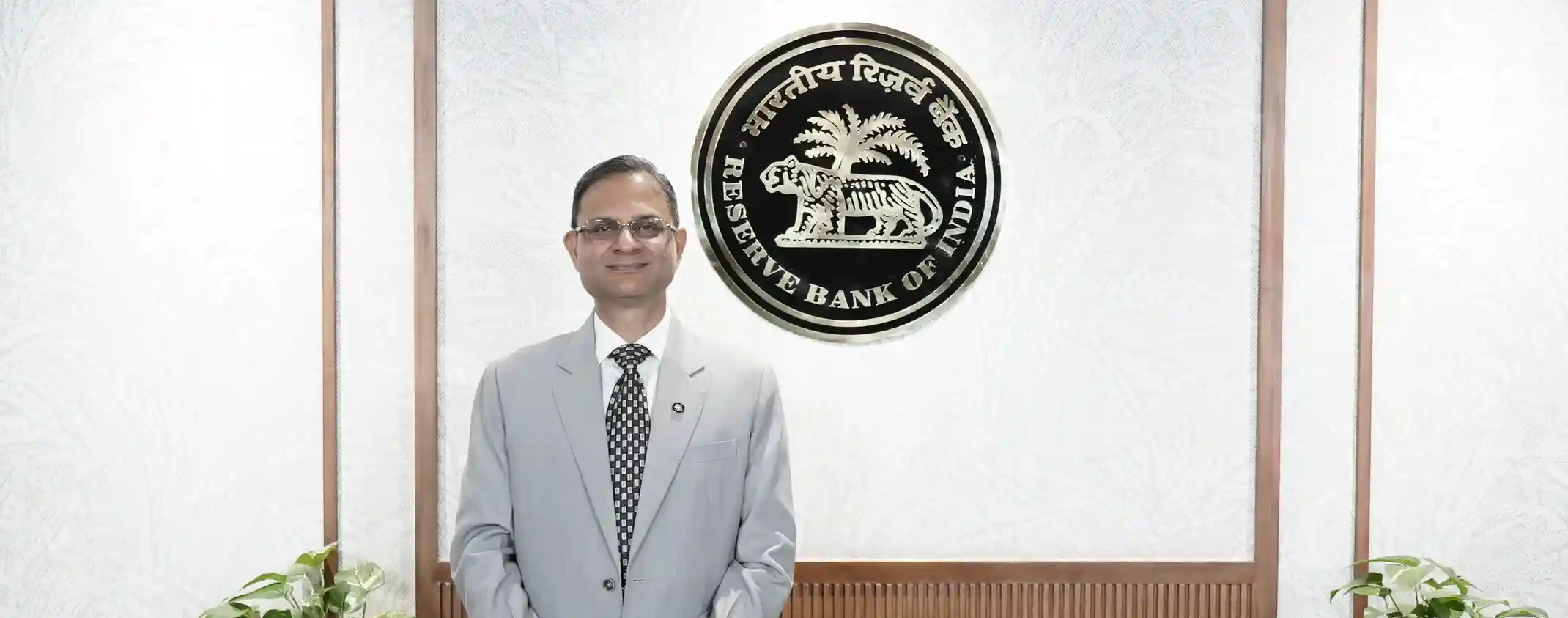Speeches - ആർബിഐ - Reserve Bank of India
Speeches
Principal, NIBM, Dr Partha Ray, Members of Faculty, my colleagues from the Reserve Bank of India, and most importantly, our promising future bankers from the PGDM Batch of 2025-27. A very good evening to all of you.
Principal, NIBM, Dr Partha Ray, Members of Faculty, my colleagues from the Reserve Bank of India, and most importantly, our promising future bankers from the PGDM Batch of 2025-27. A very good evening to all of you.
Chairmen and Directors of Urban Cooperative Banks; Shri Jaikish, Principal of the College of Agricultural Banking; my colleagues from the Reserve Bank of India; ladies and gentlemen - a very good afternoon to all of you.
Chairmen and Directors of Urban Cooperative Banks; Shri Jaikish, Principal of the College of Agricultural Banking; my colleagues from the Reserve Bank of India; ladies and gentlemen - a very good afternoon to all of you.
Distinguished guests, participants, colleagues, Ladies and Gentlemen, Let me at the outset thank the organisers for having me here to share my thoughts on this important topic. Climate risks and green infrastructure financing, as a catalyst for achieving net-zero emissions, has to move over time from the margins of policymaking to the heart of global and national agenda and occasions such as these should help in this endeavour.
Distinguished guests, participants, colleagues, Ladies and Gentlemen, Let me at the outset thank the organisers for having me here to share my thoughts on this important topic. Climate risks and green infrastructure financing, as a catalyst for achieving net-zero emissions, has to move over time from the margins of policymaking to the heart of global and national agenda and occasions such as these should help in this endeavour.
Ladies and gentlemen, Good Morning. At the outset, let me thank the organisers for inviting me to deliver the keynote address at this milestone event and congratulate Trans Union CIBIL (TU CIBIL) on its 25th anniversary. Credit reporting and TU CIBIL have grown together in India and the company has made a significant contribution in expanding the footprint of credit reporting in the country.
Ladies and gentlemen, Good Morning. At the outset, let me thank the organisers for inviting me to deliver the keynote address at this milestone event and congratulate Trans Union CIBIL (TU CIBIL) on its 25th anniversary. Credit reporting and TU CIBIL have grown together in India and the company has made a significant contribution in expanding the footprint of credit reporting in the country.
പേജ് അവസാനം അപ്ഡേറ്റ് ചെയ്തത്: ജൂലൈ 22, 2025


















